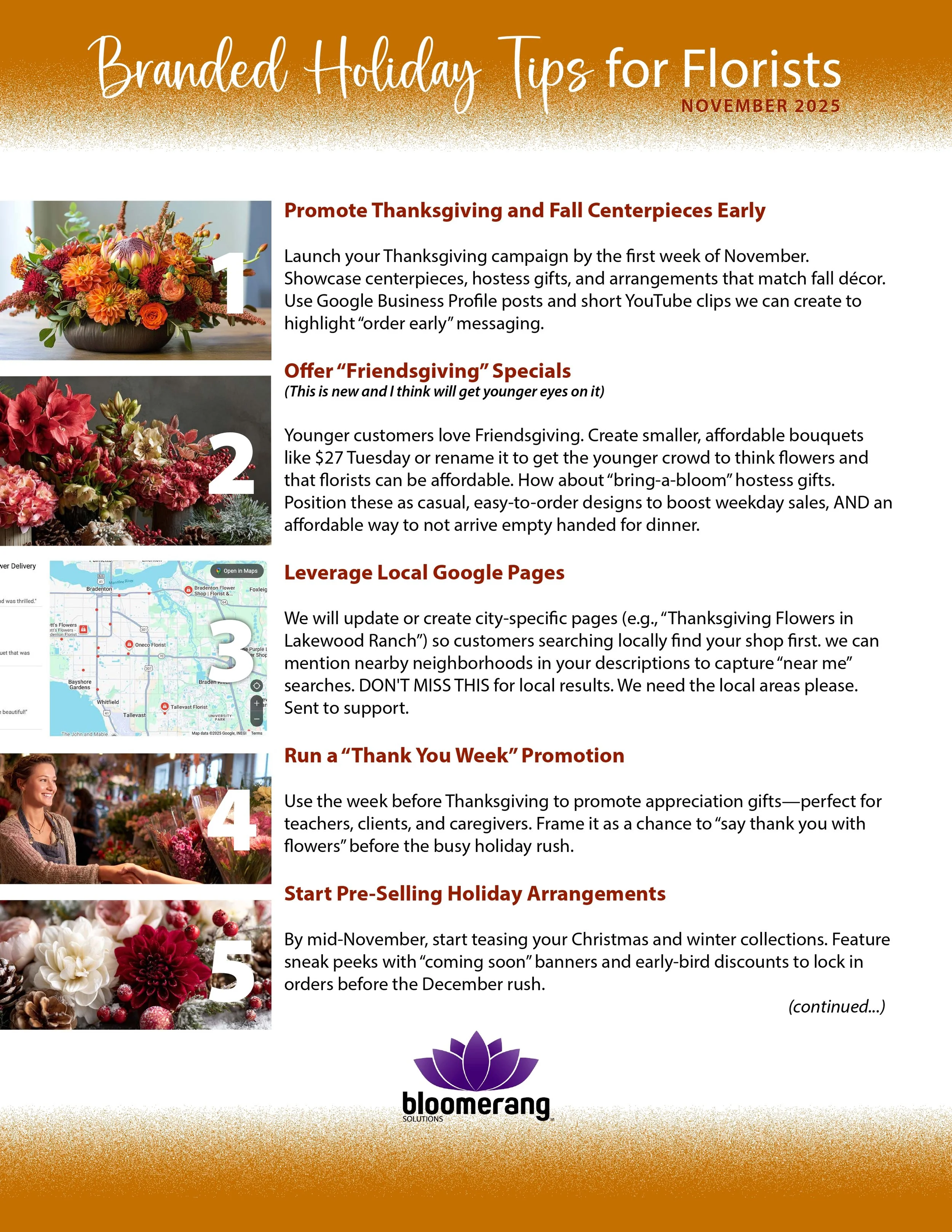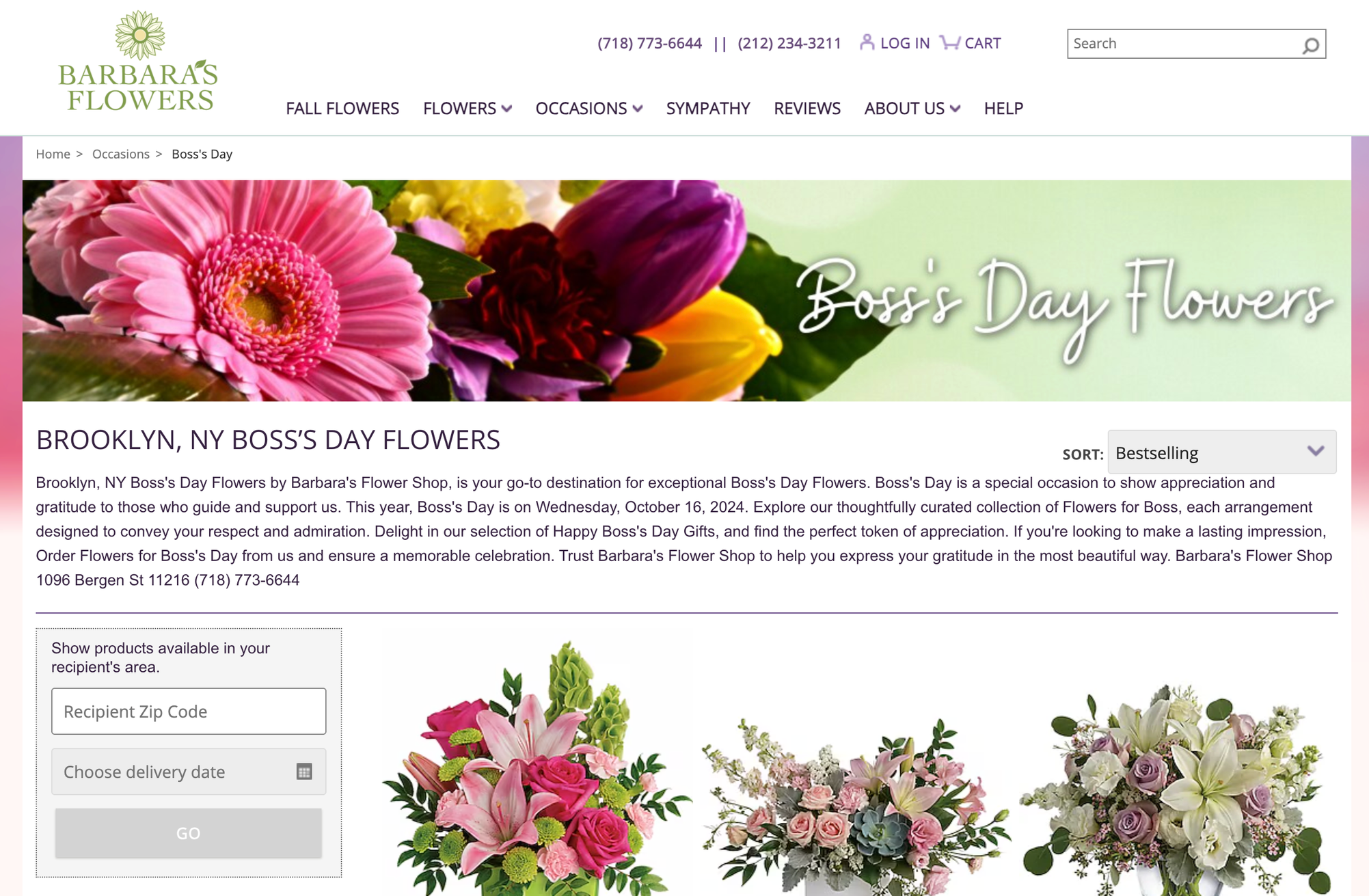People no longer sit down to watch television the way they used to. Today, your customers are watching their phones more than their TVs—and that shift has completely changed how florists should advertise.
Instead of buying expensive TV commercials that people skip, ignore, or forget, florists can now run local digital video ads that reach targeted customers for pennies. Not nationwide. Not statewide. Just in your local delivery area. Which means every dollar works harder.
The Secret Agencies Don’t Tell You: Digital Beats TV Every Time
Traditional media outlets won’t tell you this, but the truth is simple:
Digital video ads cost less, reach the right people, and deliver measurable results.
A florist doesn’t need a national campaign. They need locally targeted visibility at the moment customers are shopping… and that happens online, not on television.
And the pricing? Most people wouldn’t believe it until they see the numbers.
Why Digital Is Perfect for Florists: Flowers Are Visual
Flowers sell best when customers can see them. Video stops people mid-scroll and shows your brand, your arrangements, and your style in seconds.
Is it interruptive? A little—but that’s how the internet works. Everyone is competing for attention. The florist who shows up first wins the order.
How TV Fails Florists in 2025
Traditional TV ads suffer from the same problem:
Viewers leave the room
They fast-forward
They look at their phones
They forget the ad almost instantly
You pay for exposure… with no proof anyone actually saw you.
How Digital Video Ads Work (and Why They’re Better)
Digital ads on Google and social platforms solve every weakness of television:
✔ Shown only to relevant local customers
✔ Track clicks, calls, and conversions
✔ Retarget viewers who showed interest
✔ Scale, pause, or adjust instantly
✔ Performance is measured in real numbers—not guesses
TV gives you exposure. Digital gives you accountability.
Real Florist Case Study: Detroit Campaign
Here’s what ONE florist achieved in November:
191,753 views (impressions—may not all be full views)
$1,084 total ad spend
Cost per view: just over half a penny
2,044 people clicked and actively engaged
That means 2,044 real people saw your shop, not your competitor.
For the cost of one minute of prime-time TV, this campaign delivered almost 200,000 local views and full tracking of results. No guesswork. No wasted spend. Just clean, measurable impact.
Why Florists Aren’t Doing This Already
Honestly? Most florists don’t even know this is possible. Digital advertising feels complicated. TV is familiar.
But familiarity doesn’t make it effective. Now that you understand the numbers—and the opportunity—you’re already ahead of 90% of your competitors. This isn’t just buying eyeballs. It’s buying intent, action, and results.
Q&A: Digital Video Ads for Florists
Q: Do I need a professionally filmed video to run digital ads?
No. Even simple, clean videos showcasing your arrangements perform extremely well. Professional videos help, but they’re optional.
Q: How local can these ads be?
You can target by city, ZIP code, radius around your shop, or delivery area. You only pay to reach your customers.
Q: Can I control how often people see my ad?
Yes. You can set daily budgets, caps, schedules, and frequency limits. You’re fully in control.
Q: How is this better than boosting a post on Facebook?
Boosted posts are broad and unpredictable. True digital video ads target specific buyer intent, track actions, and optimize toward results.
Q: How quickly can I see results?
Most florists see impressions and traffic within hours. Campaigns can be scaled for holidays, Valentine’s Day, Mother’s Day, and other peak periods.
Q: Is digital advertising expensive?
No. As shown in the Detroit example, florists can get views for half a penny. You spend what you’re comfortable with.
Final Takeaway
The advertising world has shifted. Your customers are online, your competitors are online. And the florists who adapt now will dominate search results, video feeds, and local visibility for years to come.
Digital video ads aren’t the future. They’re the present—and they’re the smartest investment a florist can make. Ready to get started? Contact Us today.

















